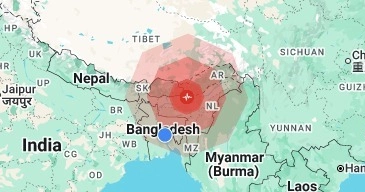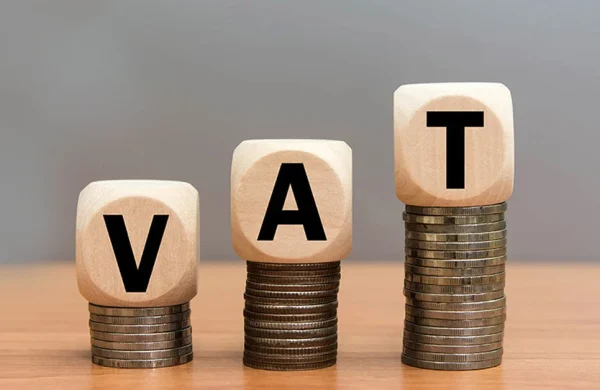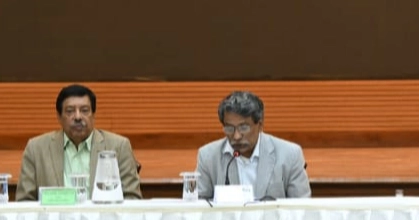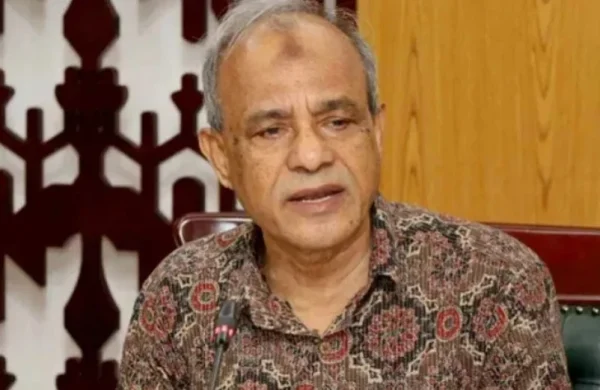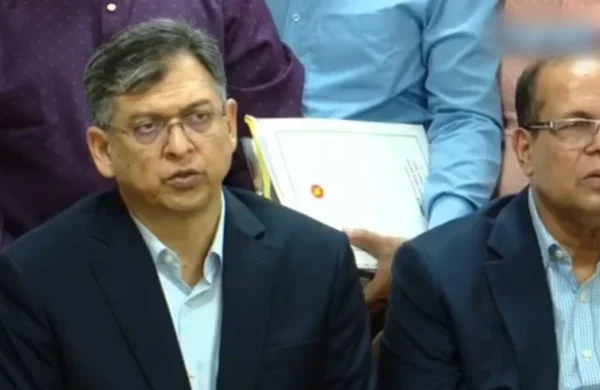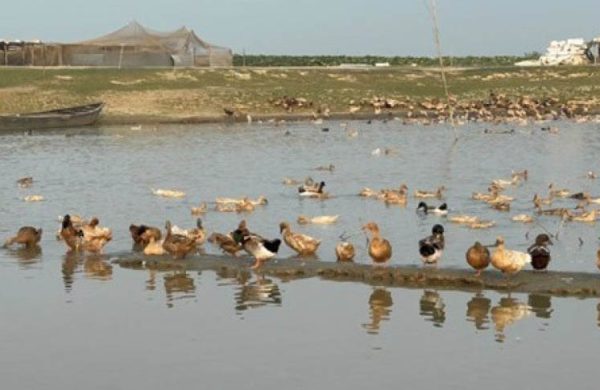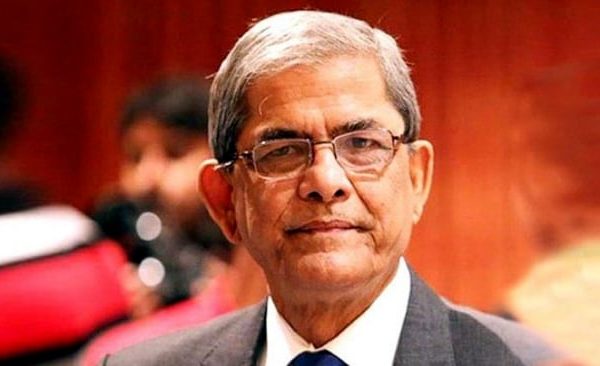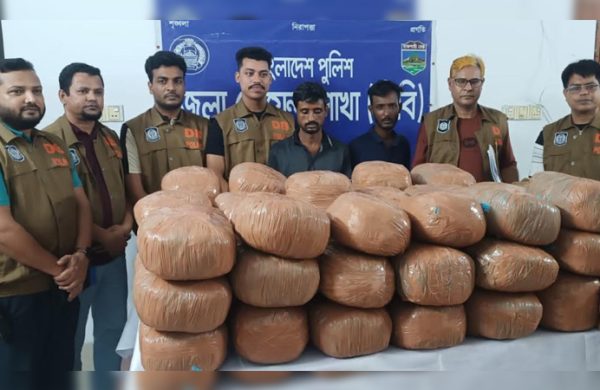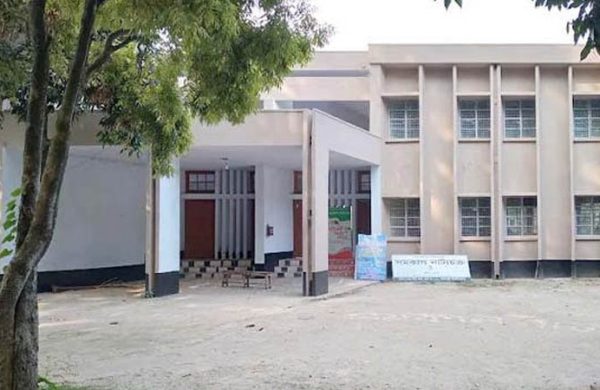Flood insurance for 4 riverine districts in the offing
- Update Time : Friday, February 7, 2025

TDS Desk:
The government is set to introduce flood protection insurance in four districts along the Jamuna River, officials familiar with the development said.
The scheme, designed for people living in flood-prone areas, will initially cover parts of Jamalpur, Sirajganj, Gaibandha, and Kurigram – districts frequently affected by seasonal flooding, which has intensified due to climate change.
More than 100,000 households – often the hardest hit by recurring floods – will be covered under the programme, which will be implemented by the Financial Institutions Division (FID) of the Ministry of Finance.
Climate change has made floods increasingly unpredictable, causing severe damage to agriculture, homes, and livelihoods across many parts of Bangladesh, especially to households along the banks of the Jamuna River.
The objective of the initiative is to shield vulnerable communities from the financial impacts of floods by developing financial protection solutions, according to project officials.
People familiar with the project at the FID told that they expect to launch the initiative soon and are at the final stage of preparation.
However, officials said designing an insurance product suited for the target communities remains a significant challenge, given the lack of prior experience with similar schemes.
“This is a new concept for flood protection, and it will take some time to finalise the product design by appointing the relevant actuary,” a source familiar with the development told The Financial Express.
Previously, Bangladesh introduced weather index-based crop insurance, primarily focusing on losses caused by extreme heat, droughts, and floods. Like that, the new flood insurance will also be parametric.
Parametric insurance provides payouts based on predefined triggers, such as a specific level of rainfall or river height, rather than requiring assessments of the actual damage, making compensation faster and more efficient.
The government will contribute a portion of the funding under a community protection model.
According to sources, the affected people will receive compensation through mobile financial services (MFS), such as bKash, ensuring swift disbursements and helping communities recover more quickly.
The government has undertaken the project at a cost of Tk 955.63 million, with the majority of the funding coming from the World Bank. It will bear approximately one-third of the cost.
The initiative is part of the Jamuna River Sustainable Management Project-1, specifically under its Disaster Risk Financing (Component-3).
The Insurance Development and Regulatory Authority (IDRA) will oversee the programme, while the state-owned non-life insurer, Sadharan Bima Corporation (SBC), will serve as the reinsurer.
The project officially began in October 2024 and is scheduled to run until June 2028.
Severe floods in Bangladesh can persist for extended periods, devastating people’s lives and livelihoods, and exacerbating poverty.
According to the latest poverty map by the Bangladesh Bureau of Statistics (BBS), Kurigram has very high poverty levels, Gaibandha experiences high poverty, Jamalpur has moderate poverty, and Sirajganj has relatively lower poverty.
The increasing unpredictability of extreme weather driven by climate change is worsening the crisis.
Heavier rainfall, combined with melting Himalayan glaciers, is leading to prolonged and unprecedented floods. For people in these vulnerable regions, waiting for floodwaters to recede is no longer an option and immediate financial support is crucial for their survival.


